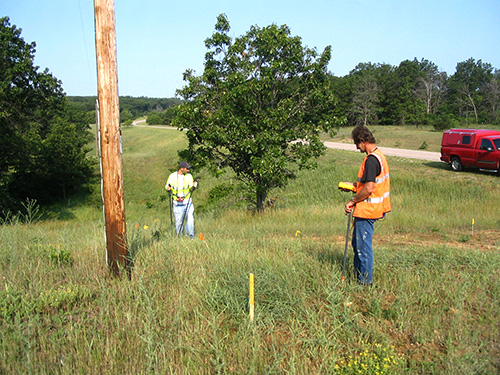Pipeline current mapper (PCM) and direct current voltage gradient (DCVG) surveys
The right tests for the right results. You might be surprised to find that a couple of tiny holes in a coating could undermine a 200-mile-long structure. But we get called in to fix that stuff all the time.
Our liquid-products client was experiencing depressed CP readings in various locations covering about 200 miles of pipeline. Our theory -- based on years of experience -- focused on coating deficiencies that created the opportunity for corrosion to develop. In other words, we figured there was exposed metal causing a loss of CP current to ground and/or a change in the resistance between the pipe and soil interface.
CPM proposed to complete a two-step testing process to identify and pinpoint coating anomalies. The first step was to use our pipeline current mapper (PCM) tool to identify segments of the pipeline with the highest probability of current loss. Then in step two, we conducted a direct current voltage gradient (DCVG) survey in that segment to identify the exact location of current loss and assess the magnitude of any damage.




